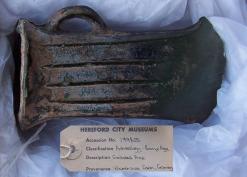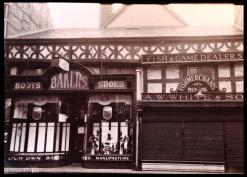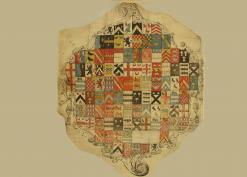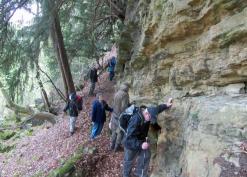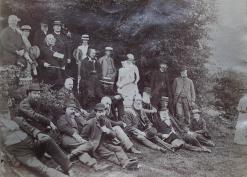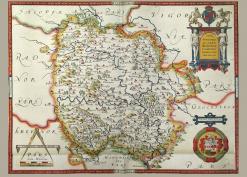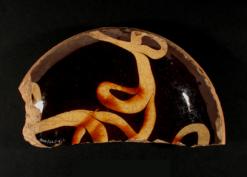Pottery
Pottery in Herefordshire
Pieces of pottery or potsherds are one of the most tangible records of human activity. They turn up on ploughed fields, roadworks and excavations and tell us that people have been active in the fertile landscape of Herefordshire from about 5000 years ago.
Enough samples have been found in dateable situations all over Britain and further afield for a large catalogue of dates and possible places of manufacture to have been compiled. A number of years ago archaeologists from Herefordshire put together a catalogue of different types found within the county. As well as descriptions of the different types, they put together a gallery of fabrics (the material of which the pottery was made) and forms (the shapes of the vessels). This work forms the basis of the Pottery information on this website but it will be updated with new reference information. It will also be possible for new finds to be documented and registered.
A brief history
The earliest inhabitants of Herefordshire did not have pottery. It was first used in the Neolithic (New Stone) Age about 5000 years ago and pottery of many periods is found on archaeological excavations and scattered on the fields of Herefordshire.
Prehistoric pottery tends to have been made fairly locally, as indeed did most pottery until comparatively recent times. Some fine pottery began to be imported towards the end of the Iron Age and this trade increased considerably during the Romano-British period.
No pottery appears to have been made in the area in the early medieval period (from when Britain ceased to be part of the Roman Empire in 410AD to the 10th century) and very little used. The only pottery found (and found only rarely) was imported.
There are various systems for classifying pottery, evolved over many years of archaeological research. The classifications used are generally those developed and used within Herefordshire and adjoining areas. Essentially this is the system developed in the 1980s by the late Alan Vince, who was for many years the leading authority on local pottery, particularly in Hereford City. His original system of several groups reflected the supposed origin of the pottery - A to D were locally or regionally produced while E was pottery from elsewhere in the British Isles, F from the European mainland and G was used for pottery the source of which was at the time unknown. Some of this has changed and the source of fabric G1 is now known to be Stafford.
With the exception of the Romano-British Severn Valley ware (A1), Group A is locally made medieval and early post-medieval pottery, much of which we now believe was made in Hereford City.
Where appropriate, other classification systems which have been used have been cross-referenced; in particular, reference is frequently made to the pottery classification used by the Worcestershire Online Ceramics Database of Worcestershire County Council – see the pottery Links page.
Where not otherwise attributed, the text and the photographs of the pottery were taken by Jennifer Craddock and Rebecca Roseff (RB and medieval) and David Barker (later post-medieval).
©Woolhope Naturalists' Field Club, Herefordshire
